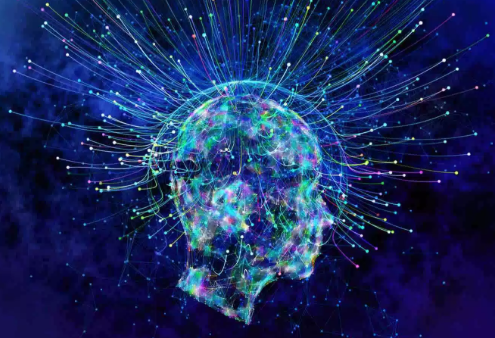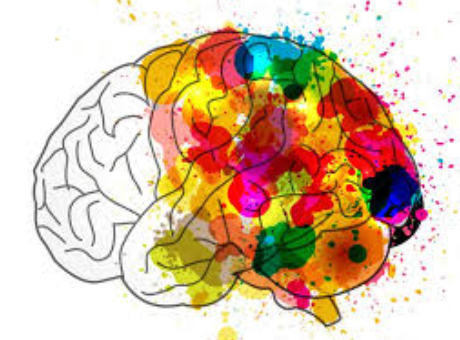What Is Neuroscience? What Are Its Branches?

What Is Neuroscience?
Neuroscience or Neural Science is the study of the human nervous system, how it works, how it is structured, and how it develops. Scientists who focus on the study of neuroscience are known as Neuroscientists. A majority of neuroscientists focus their research on the brain and how it influences cognitive function and behaviour. Neuroscience not only tries to understand how the nervous system functions under normal circumstances but also how it functions in individuals suffering from neurological, neurodevelopmental, and psychiatric disorders. You can learn more in the Neuroscience Journal.

Main Goals Of NeuroScience
The three main objectives of neuroscience, according to the Society for Neuroscience (SfN), are to:
- Learn and understand the human brain and how it functions
- Analyze and learn neurological and psychiatric disorders, and invent methods to prevent or cure them.
- Understand and show how the central nervous system (CNS) develops, matures, and maintains itself.
Advances in technology, along with a great knowledge of how the brain and nervous system work have resulted in many breakthroughs in the field of neuroscience. People with traumatic brain and spinal cord injuries, psychological disorders, and brain diseases are now the recipients of once unimaginable scientific advancements. What was once viewed purely as science fiction is now a focus of mainstream scientific research and medical intervention.
Neuroscience is categorized into several branches based on research areas and subjects of study.
Behavioural Neuroscience: It understands how the brain affects behaviour and focuses on biological bases.
Cellular Neuroscience: It focuses on the study of the form and physiological properties of neurons consisted of the brain and nervous system.
Affective Neuroscience: Employs animal research and experimentation to learn how neurons behave in relation to human emotions.
Cognitive Neuroscience: It is the study and analysis of cognitive function in humans. This branch of neuroscience draws from cognitive science, psychology, linguistics, and neuroscience. The general frameworks for cognitive neuroscience include behavioural/experimental or computational/modelling.
Clinical Neuroscience: It is the study of diseases of the nervous system.
Computational Neuroscience: It studies how the brain computes information. Study of brain function takes place using advanced computer simulation and methods from physics, mathematics and other computational subjects.
Developmental Neuroscience: It studies the growth of the nervous system at the cellular level.
Cultural Neuroscience: It studies how beliefs and other cultural influences mould and affect the brain and genes over time.
Molecular Neuroscience: It understands how individual molecules influence the nervous system.
Neuroengineering: This filed applies engineering principles and techniques to understand, repair and improve neural systems.
Neuroinformatics: It uses and analyzes data collected from all areas of neural research to understand and treat neural and neurological diseases. Neuroinformatics includes analysis, advanced modelling, and simulation of data.
Neuroimaging: It is a branch within the discipline of medical imaging that focuses mostly on the brain. Neuroimaging is used to help diagnose brain diseases, study it, and determine how the brain responds to different activities.
Neurolinguistics: It attempts to learn about the neural mechanisms that influence the acquisition, comprehension and speaking of language.

Neurophysiology: Aims on understanding the relationship between brain functions and how they affect individual parts of the body. The study uses physiological techniques, such as stimulation with electrodes, to analyze and study various nervous system functions.
Paleoneurology: It uses analysis of prehistoric fossils to study the evolution, development and processes of the brain. Read the microbiology journal to learn about its applications in neuroscience.
Social Neuroscience: Aims to understand how biological systems relate to behaviour and social interactions.
Systems Neuroscience: Maps the flow of data within the Central Nervous System (CNS) to learn about the workings and processes of the CNS. System neuroscience uses information gathered and conclusions to explain behavioural functions better.





